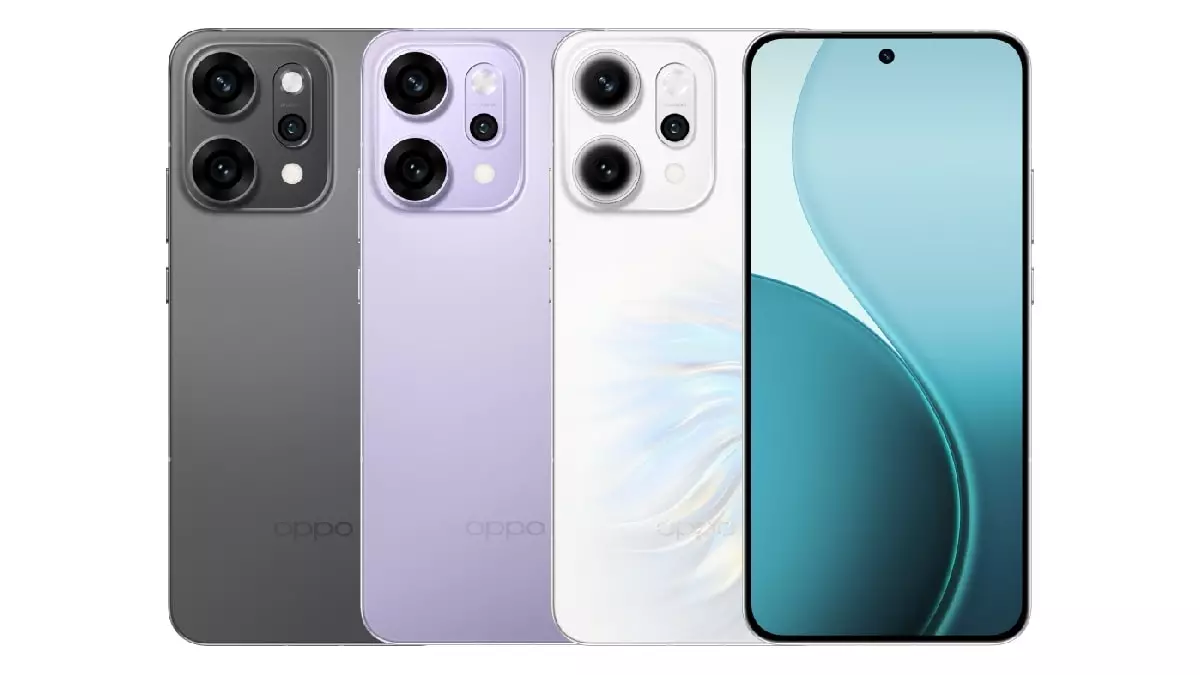The upcoming launch of the Oppo Reno 14 5G series in India once again exemplifies the persistent cycle of expectations set by manufacturers and the reality of what they deliver. Despite trumpeting cutting-edge specifications and AI-driven features, one must critically question whether these innovations genuinely serve consumers or simply inflate the perception of technological progress. In a market oversaturated with similar devices boasting comparable chipsets, screens, and camera setups, Oppo’s latest series seems more like a calculated attempt at marketing spectacle rather than meaningful advancement. The hype around AI features like AI Recompose and AI Style Transfer, while intriguing on paper, risk being superficial and gimmicky if not convincingly integrated into everyday user experience.
Furthermore, the pricing strategy raises eyebrows. While Oppo claims competitive prices based on Chinese market figures, currency fluctuations and import duties in India could render these devices less accessible to the broader consumer base. The assumption that consumers will be drawn by the promise of high-resolution cameras and premium build quality ignores the broader ethical responsibility of tech companies to ensure affordability and sustainability. In essence, the Reno 14 series, although positioned as flagship-worthy devices, seems to perpetuate the cycle of technological obsolescence, where each iteration offers marginal gains that fail to translate into practical benefits.
Design and Hardware: Style Over Substance?
The design promises an attention to durability and aesthetics with Oppo’s Crystal Shield Glass and high refresh rate OLED displays, but these features are not groundbreaking in 2023. The emphasis on screen size and resolution, while important, feels more like a standard checklist rather than a step forward. The real question lies in the hardware choices — is the upgrade from previous models justified? Both the Reno 14 and 14 Pro are powered by MediaTek Dimensity chips, but these are industry stalwarts without significant innovation. Their performance remains comparable to other mid-range flagships, which means buyers are paying a premium for what is essentially a familiar package dressed up with improved AI features and camera specs.
Battery capacity, while sizeable, doesn’t drastically improve user experience beyond a normal day of moderate use. The inclusion of fast-charging and wireless charging in the Pro model is commendable, yet these are features that, although appreciated, have long been standard in more affordable devices. The design aesthetic might appeal visually, but it’s unlikely to sway consumers intent on value for money. The hardware simply doesn’t justify a steep premium, especially when other brands are offering comparable or superior specs at a lower price point.
Camera Capabilities: More Flash Than Function?
Oppo’s focus on camera technology—highlighted by a multi-sensor setup—appears to be the crown jewel of this series. But as with many flagship devices from lesser-known brands, the hype around sensor megapixels can be misleading. The move towards claiming a 50MP telephoto and main sensor might sound impressive, yet the actual image quality hinges on processing algorithms and user experience. It’s worrisome that many consumers fall into the trap of equating pixel count with photographic excellence.
In real-world testing, the added sensors and AI enhancements often produce images that are overly processed, lacking authenticity, or worse, struggling in varied lighting conditions. The marketing narrative emphasizes “AI-powered” photography as a game-changer but neglects to address the fundamental reality: software can only do so much, and hardware limitations often cap potential quality. The camera for the Pro model, with a quad-camera setup, might seem like an impressive milestone, but it risks being a case of more is less—more sensors, more complications, and less genuine utility for the average user.
The Illusion of Innovation in a World of Reiteration
What really stands out through this series is the uncomfortable truth about how smartphone manufacturers market incremental updates as revolutionary. Oppo’s Reno 14 5G—like many devices in its price bracket—sounds impressive on paper, but in practice, it often falls short of standing out. The AI features are presented as the future, yet their actual contribution to everyday use remains ambiguous. The camera improvements are reassuring but fall into the trap of megapixel obsession rather than genuine innovation.
Consumers are increasingly savvy, and skepticism towards marketing hyperbole is well justified. Would it not be more responsible for brands like Oppo to focus on sustainable, long-term improvements—such as better software support, meaningful hardware durability, and affordability—rather than chasing the latest buzzwords? While the center of liberalism embraces innovation, it also advocates for responsible progress that prioritizes societal benefits over superficial glitz. The Oppo Reno series, despite its many claims, seems to epitomize a flawed ambition—chasing technological grandeur without delivering substantive value.


Leave a Reply